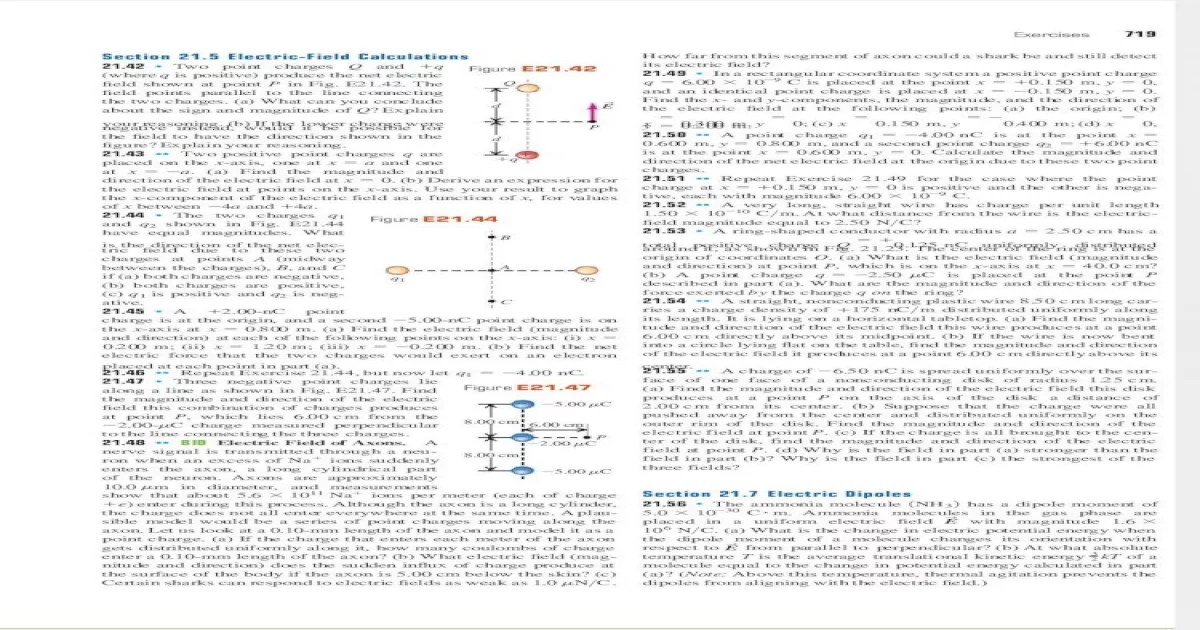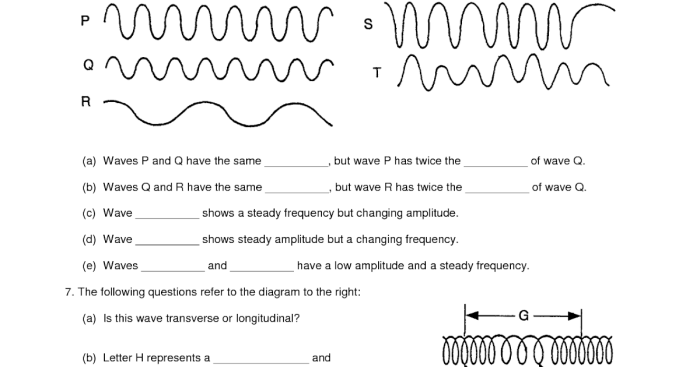Physics principles and problems pdf answers – Delving into the realm of physics principles and problems, this comprehensive guide serves as an invaluable resource for students and professionals seeking to enhance their understanding and problem-solving abilities. With a focus on fundamental principles, problem-solving techniques, and practical applications, this guide empowers readers to navigate the complexities of physics with confidence.
Throughout this guide, we explore the fundamental principles of physics, including Newton’s laws of motion, energy conservation, and momentum conservation. These principles form the cornerstone of physics and provide a framework for understanding the behavior of matter and energy. We delve into various problem-solving techniques, such as dimensional analysis, free-body diagrams, and energy conservation methods, equipping readers with the tools to tackle physics problems effectively.
1. Physics Principles and Concepts

Physics is the study of matter and energy and their interactions. The fundamental principles of physics include Newton’s laws of motion, energy conservation, and momentum conservation. These principles govern the behavior of all physical systems, from the motion of planets to the flow of fluids.
Newton’s first law of motion states that an object at rest will remain at rest, and an object in motion will continue moving at a constant velocity, unless acted upon by an external force. Newton’s second law of motion states that the acceleration of an object is directly proportional to the net force acting on it, and inversely proportional to its mass.
Newton’s third law of motion states that for every action, there is an equal and opposite reaction.
Energy conservation states that the total energy of a closed system remains constant. Energy can be transferred from one form to another, but it cannot be created or destroyed. Momentum conservation states that the total momentum of a closed system remains constant.
Momentum is a measure of the mass of an object multiplied by its velocity.
These principles are applied in a wide variety of real-world scenarios. For example, Newton’s laws of motion are used to design bridges and buildings, and energy conservation is used to improve the efficiency of cars and appliances.
1.1 Newton’s Laws of Motion
- An object at rest will remain at rest, and an object in motion will continue moving at a constant velocity, unless acted upon by an external force.
- The acceleration of an object is directly proportional to the net force acting on it, and inversely proportional to its mass.
- For every action, there is an equal and opposite reaction.
1.2 Energy Conservation
The total energy of a closed system remains constant. Energy can be transferred from one form to another, but it cannot be created or destroyed.
1.3 Momentum Conservation, Physics principles and problems pdf answers
The total momentum of a closed system remains constant. Momentum is a measure of the mass of an object multiplied by its velocity.
Frequently Asked Questions: Physics Principles And Problems Pdf Answers
What are the fundamental principles of physics?
The fundamental principles of physics include Newton’s laws of motion, energy conservation, and momentum conservation.
How can I improve my problem-solving skills in physics?
To improve your problem-solving skills in physics, practice applying various techniques such as dimensional analysis, free-body diagrams, and energy conservation methods.
Where can I find additional resources for studying physics principles and problems?
Additional resources for studying physics principles and problems include textbooks, online courses, and research papers.
